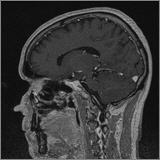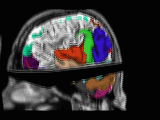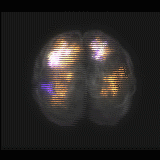
Published online 11 August 2004
>Well-being and affective style: neural substrates and biobehavioural correlates(Orginal)
Richard J. Davidson
Laboratory for Affective Neuroscience, W. M. Keck Laboratory for Functional Brain Imaging and Behavior,
University of Wisconsin-Madison, 1202 West Johnson Street, Madison, WI 53706, USA (rjdavids@wisc.edu)
One of the most salient features of emotion is the pronounced variability among individuals in their reactions to emotional incentives and in their dispositional mood. Collectively, these individual differences have been described as affective style. Recent research has begun to dissect the constituents of affective style. The search for these components is guided by the neural systems that instantiate emotion and emotion regulation. In this article, this body of research and theory is applied specifically to positive affect and well-being. The central substrates and peripheral biological correlates of well-being are described. A resilient affective style is associated with high levels of left prefrontal activation, effective modulation of activation in the amygdala and fast recovery in response to negative and stressful events. In peripheral biology, these central patterns are associated with lower levels of basal cortisol and with higher levels of antibody titres to influenza vaccine. The article concludes with a consideration of whether these patterns of central and peripheral biology can be modified by training and shifted toward a more salubrious direction.
Keywords: affective neuroscience; resilience; prefrontal cortex; brain asymmetry; emotion regulation; affective style


